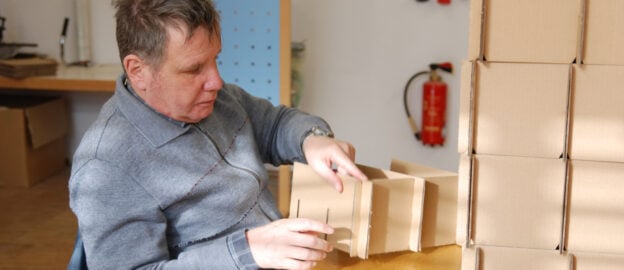Safeguard support and training for charities to help keep children and adults safe and improve responses to safeguarding concerns.

Safeguarding audit for charities
SCIE audits to get to the heart of safeguarding in charities.

Resources for charities
Resources to help voluntary sector organisations to safeguard adults and children at risk of abuse or neglect.

Safeguarding adults and children training courses
Classroom, tailored and e-learning safeguarding training courses. Supporting you to make sure that safeguarding measures are in place to safeguard adults and children from harm or neglect.

Safeguarding consultancy, reviews and audits
Expert support to review and learn from safeguarding incidents including statutory case reviews, routine audits and learning reviews across children’s and adults’ services.
